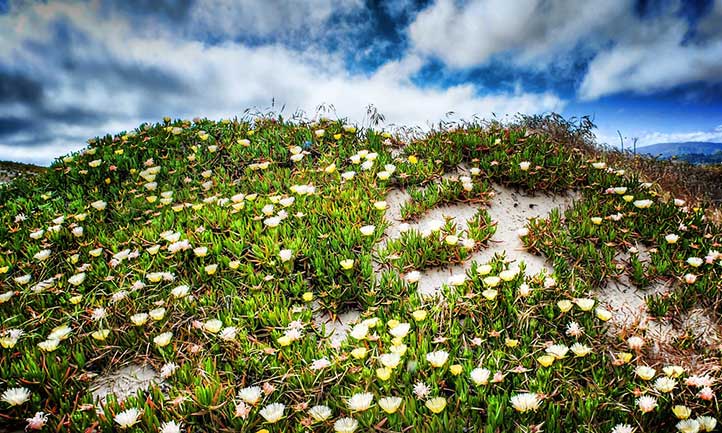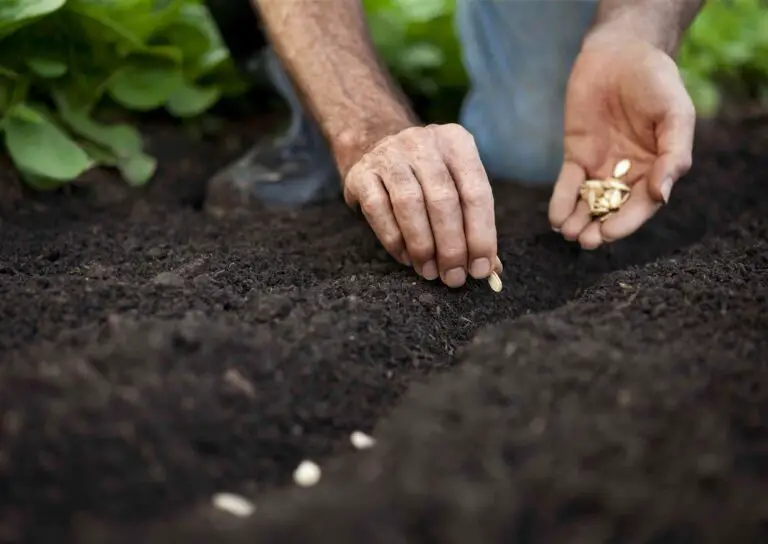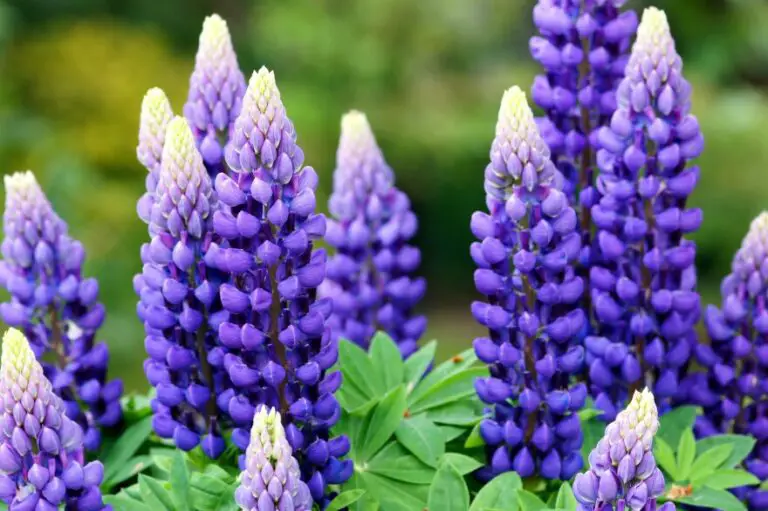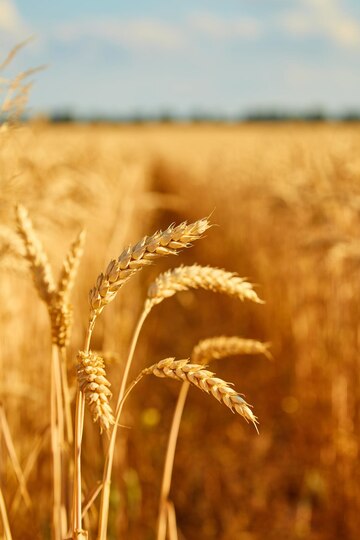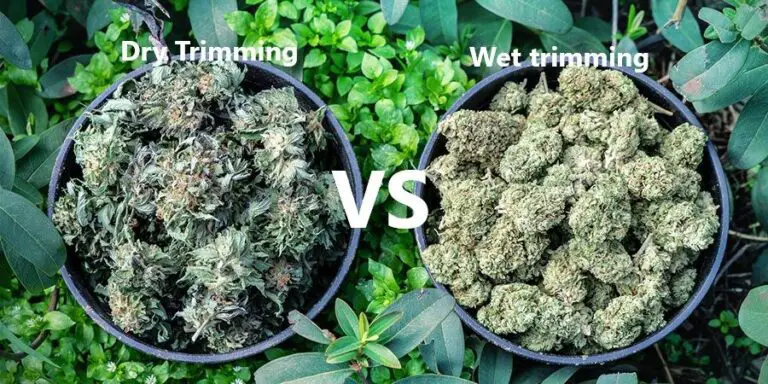20 Invasive Plants You Should Avoid Buying at Garden Centers
Table of Contents
Introduction and Spread of Invasive Plants
Introduction and Spread of Invasive Plants
Invasive plants pose a significant threat to ecosystems and agricultural landscapes around the world. These non-native species can establish themselves and spread rapidly, often outcompeting native plants for resources and disrupting ecological balance. The consequences of invasive plant species can be far-reaching, leading to reduced biodiversity, economic losses, and even negative impacts on human health.

One of the key factors contributing to the spread of invasive plants is their ability to adapt and thrive in new environments. These plants are typically highly adaptable, possessing traits that allow them to outcompete native species and exploit available resources more efficiently. They are often characterized by fast growth rates, efficient reproduction strategies, and the ability to tolerate a wide range of environmental conditions. These traits, combined with the absence of natural predators and competitors, give invasive plants a competitive advantage, allowing them to rapidly establish and spread in new habitats.
As a result, invasive plants can quickly dominate landscapes, forming dense populations that inhibit the growth and establishment of native plants. Their ability to outcompete native species for resources such as sunlight, water, and nutrients can lead to a loss of biodiversity and a decline in ecosystem resilience. In agricultural settings, invasive plants can also have detrimental effects on crop yields, reducing productivity and increasing management costs for farmers.

The spread of invasive plants is facilitated by various factors, including human activities such as trade and transportation. Globalization and increased movement of goods and people have inadvertently introduced and spread invasive plant species to new regions. Additionally, disturbances such as fires, floods, and land development can create opportunities for invasive plants to colonize and establish themselves in disturbed habitats.
In conclusion, the introduction and spread of invasive plants is a pressing issue with far-reaching consequences. Understanding the traits and factors that contribute to the success of invasive plant species is crucial for developing effective management strategies to mitigate their impact. By addressing the root causes and implementing proactive measures, we can work towards preserving the integrity and resilience of our ecosystems and agricultural landscapes.
Understanding the Impact: How Invasive Plants Disrupt Ecosystems
Gardening enthusiasts often seek vibrant and resilient plants to enhance their green spaces. However, certain species, once introduced, can become invasive, wreaking havoc on local ecosystems. To maintain the ecological balance and preserve native flora, it’s crucial to be aware of invasive plants and avoid purchasing them from garden centers. Here’s a cautionary guide listing 20 invasive plants that should be avoided:
- Japanese Knotweed (Fallopia japonica): This aggressive plant spreads rapidly, outcompeting native vegetation and causing structural damage.
- Kudzu (Pueraria Montana): Known as “the vine that ate the South,” Kudzu’s rapid growth smothers and shades native plants.
- English Ivy (Hedera helix): While popular for ground cover, English Ivy can invade forests and climb trees, impacting native ecosystems.
- Bamboo (Various Species): Certain bamboo varieties are invasive and can quickly spread beyond the intended garden boundaries.
- Purple Loosestrife (Lythrum salicaria): This attractive plant invades wetlands, displacing native species and disrupting wildlife habitats.
- Common Reed (Phragmites australis): Thriving in wetlands, common reed outcompetes native vegetation and alters ecosystems.
- Chinese Wisteria (Wisteria sinensis): Although aesthetically pleasing, Chinese Wisteria can become invasive, overrunning trees and structures.
- Multiflora Rose (Rosa multiflora): Introduced for erosion control, this rose species spreads rapidly, displacing native plants.
- Russian Olive (Elaeagnus angustifolia): An invasive shrub that forms dense thickets, Russian Olive disrupts natural habitats.
- Autumn Olive (Elaeagnus umbellata): Similar to the Russian Olive, Autumn Olive invades open spaces and outcompetes native plants.
- Mile-a-Minute Weed (Persicaria perfoliata): Named for its rapid growth, this vine can smother other vegetation in a short period.
- Japanese Honeysuckle (Lonicera japonica): Despite its sweet fragrance, Japanese Honeysuckle is invasive and can displace native plants.
- Chinese Privet (Ligustrum sinense): Forming dense thickets, the Chinese Privet negatively impacts biodiversity in natural areas.
- Giant Hogweed (Heracleum mantegazzianum): Known for its toxic sap, this invasive plant poses health risks and crowds out native vegetation.
- Norway Maple (Acer platanoides): Outcompeting native maples, Norway Maple alters forest ecosystems and reduces biodiversity.
- Japanese Barberry (Berberis thunbergii): This shrub invades woodlands and creates unfavorable conditions for native plants.
- Callery Pear (Pyrus calleryana): Also known as Bradford Pear, this tree forms dense thickets, impacting native flora.
- Japanese stilt grass (Microstegium vimineum): A highly invasive grass species that quickly spreads, displacing native grasses and herbs.
- Yellow Flag Iris (Iris pseudacorus): While visually striking, this iris invades wetlands, outcompeting native aquatic plants.
- Burning Bush (Euonymus alatus): Popular in landscaping, Burning Bush can escape cultivation and invade natural areas.
Cultivating Responsibility
Gardeners play a vital role in preserving local ecosystems by making informed choices about the plants they introduce. By avoiding invasive species and opting for native or non-invasive alternatives, we contribute to the health and sustainability of our environments. Always check with local authorities or gardening experts to ensure the plants you choose are suitable for your region and won’t pose a threat to the delicate balance of local ecosystems.
What are invasive plants?
Invasive plants are non-native species that can rapidly spread and negatively impact the environment, economy, and/or human health.
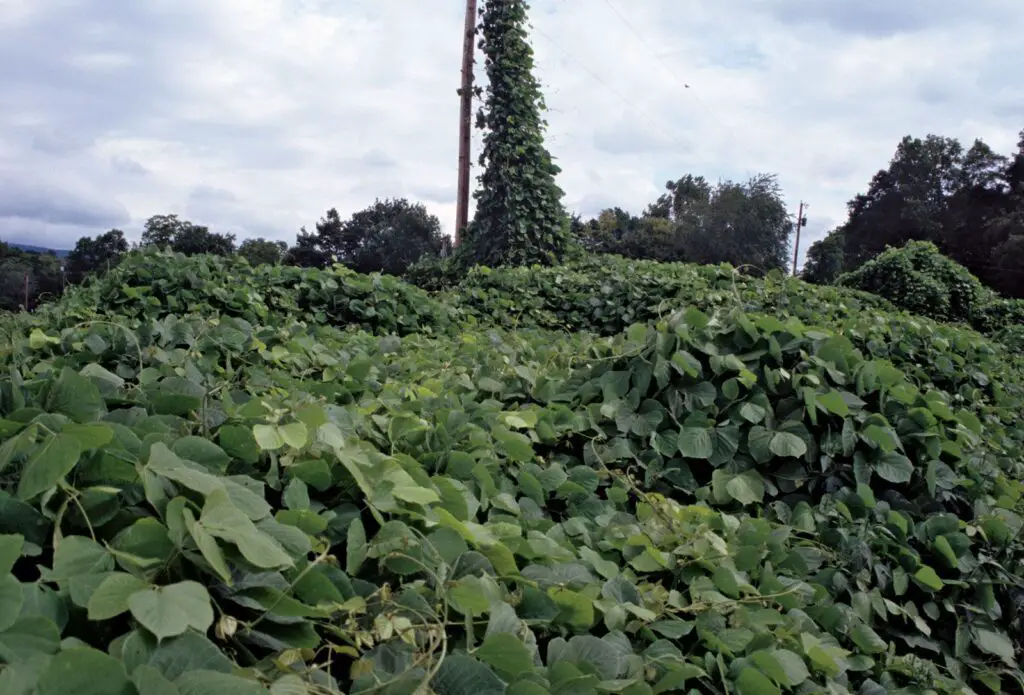
How do invasive plants spread?
Invasive plants can spread through various means, including wind dispersal of seeds, animal dispersal, water dispersal, and human activities such as transportation and gardening practices.
What are the potential impacts of invasive plants?
Invasive plants can outcompete native species, disrupt natural ecosystems, reduce biodiversity, degrade habitats, increase erosion, alter nutrient cycles, and even pose threats to human health and agriculture.
What factors contribute to the success of invasive plants?
Factors contributing to the success of invasive plants include high reproductive capacity, lack of natural predators or diseases, adaptability to different environmental conditions, and the ability to quickly establish and spread.
How can invasive plant species be managed?
Invasive plant management strategies include prevention, early detection and rapid response, mechanical and chemical control methods, biological control using natural enemies, and restoration of native vegetation in affected areas.
Are all non-native plants considered invasive?
No, not all non-native plants are invasive. Invasive plants are a subset of non-native plants that can aggressively spread and cause harm to ecosystems.
Can invasive plant species be beneficial in any way?
While some non-native plant species can have beneficial attributes, such as providing food or habitat for certain wildlife, invasive plant species as a whole are considered detrimental due to their negative impacts on ecosystems and native species.
Are there any regulations or laws in place to control invasive plants?
Yes, many countries and regions have implemented regulations and laws to control the introduction and spread of invasive plant species. These may include import restrictions, quarantine measures, and management plans for invasive species.
Can individuals contribute to preventing the spread of invasive plants?
Individuals can play a crucial role in preventing the spread of invasive plants. This can be done by avoiding the cultivation and sale of invasive plants, practicing responsible gardening, and participating in local invasive plant removal and restoration efforts.
How can I identify invasive plant species?
There are numerous resources available, such as field guides and online databases, that provide information and images to help identify invasive plant species. Additionally, local botanical gardens or conservation organizations may offer workshops or assistance in plant identification.

Kanike Sreekanth, a prolific writer at SouthElMonteHydroponics, brings a unique blend of creativity and scientific rigor to the table. With a degree in Horticulture from a prestigious institution, Kanike’s expertise spans hydroponic farming, plant biology, and agricultural sustainability. Their passion for exploring innovative cultivation methods and promoting environmental stewardship drives them to uncover new insights in the realm of hydroponics. Kanike’s writing serves as a conduit for sharing their knowledge and inspiring others to embrace alternative farming practices for a more sustainable future.

